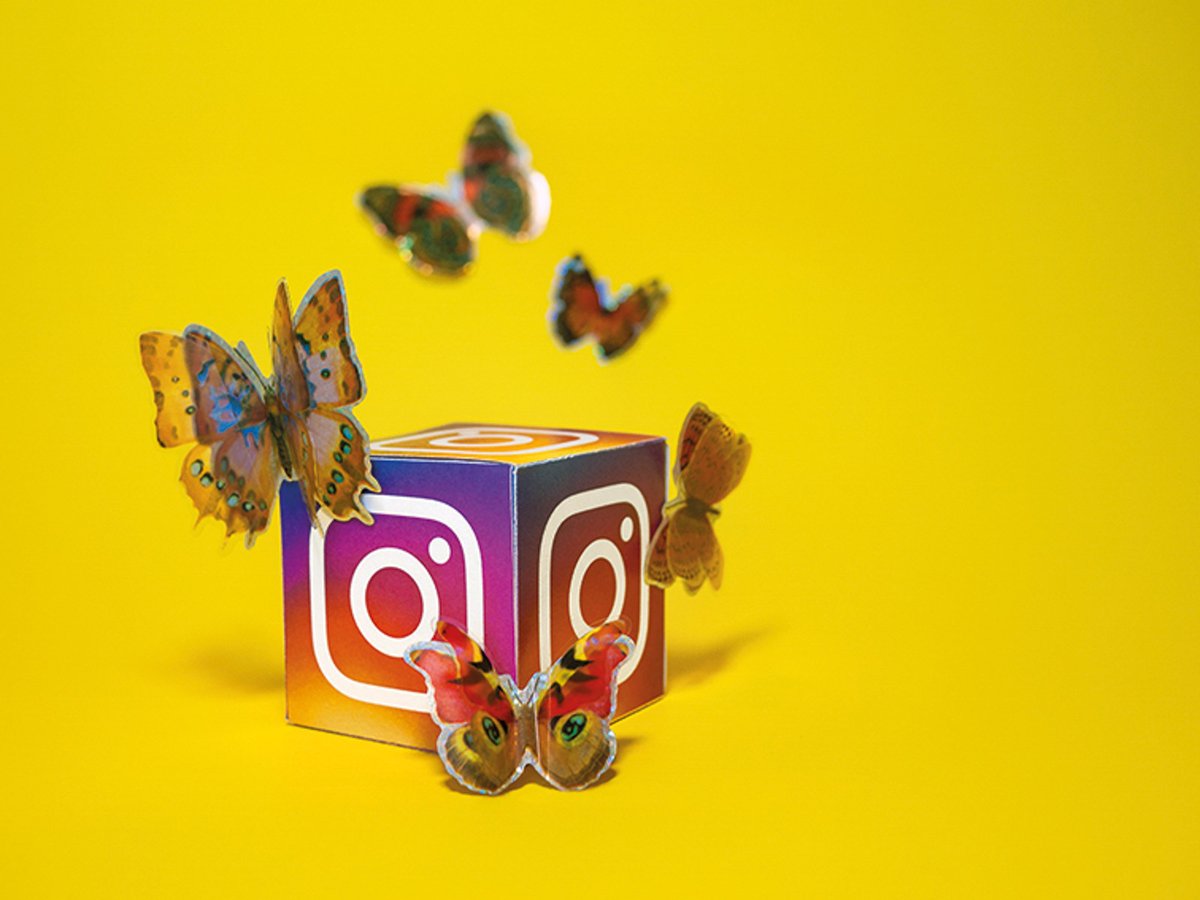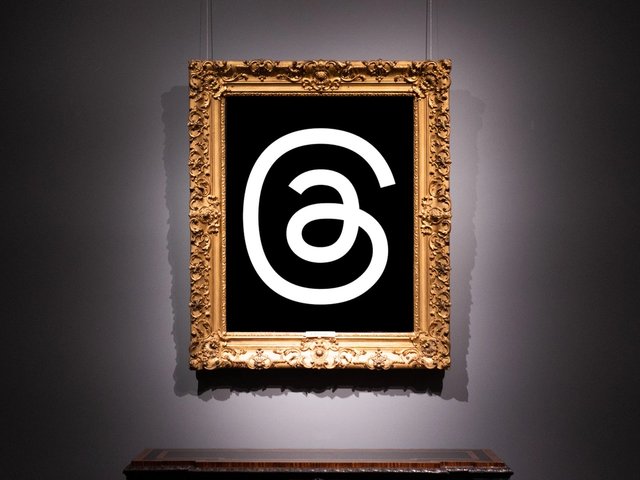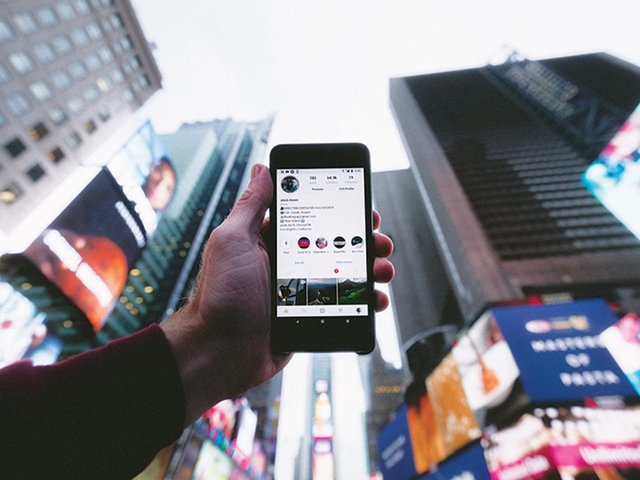Last year the world adjusted to online, including an upsurge in social media usage. Instagram became inescapable in the art world. But in 2021—our first full Covid year—the app has gone through a lot of changes. In June, Adam Mosseri, the head of Instagram, declared in a video: “We’re no longer a square photo-sharing app.” So what exactly is it now?
One thing it has become is more open. Instagram has made notable efforts to be transparent, using its official blog to announce changes in things like its privacy settings and to explain how certain elements work, like its mysterious algorithms. These posts are a direct result of several user data breaches and exposés about Facebook, which owns Instagram. “It’s hard to trust what you don’t understand,” Instagram writes in one such article. In principle, this information should make the app easier for creators to use but the constant updates can be hard to keep up with.
In the spirit of transparency, Mosseri revealed in his June video that Instagram’s key areas of focus are now creators, video, shopping and messaging. He added that the pandemic has “accelerated the shift of commerce from offline to online by a number of years”. This tallies with one of the 2021 predictions for the app that Kenny Schachter, art dealer, writer and avid Instagrammer, shared in this column in January. “Soon, everyone you know will be buying art there (even your granny),” he wrote. Art Basel’s Mid-Year Review 2021 market report revealed that the percentage of people who had directly bought art on Instagram had fallen slightly from 34% in 2020 to 32% in the first half of 2021. And your granny’s online art shopping habits? The report says that Gen X collectors were the most active in buying works on Instagram (36%), higher than their younger Millennial and Gen Z peers. “Boomers were, however, still the least likely of the sample to have bought online,” the report says. Granny might need a few more years.
Another of Schachter’s predictions was that Instagram was on its way out. Around February, the gossipy exclusivity of the audio app Clubhouse seemed set to shake things up, but the platform fizzled away within months. The app that is really threatening Instagram’s art-world crown is TikTok. As I mentioned last month, TikTok is booming with younger users while Instagram becomes a somewhat stagnant haunt for Millennials. Mosseri specifically mentioned the fierce competition with TikTok in his Instagram announcement in June, saying that Instagram would be “experimenting” increasingly with video. Instagram made the rivalry very clear earlier this year when it announced that if users posted videos with a watermark (TikTok automatically marks its videos with a logo) they would be made less discoverable. In September, just five years after its launch, TikTok reached a billion users, making it one of the fastest growing social media platforms ever. Watch this space.
Kenny’s last prediction? He said that the trolls would take over Instagram and make the place toxic. More on that next month…





